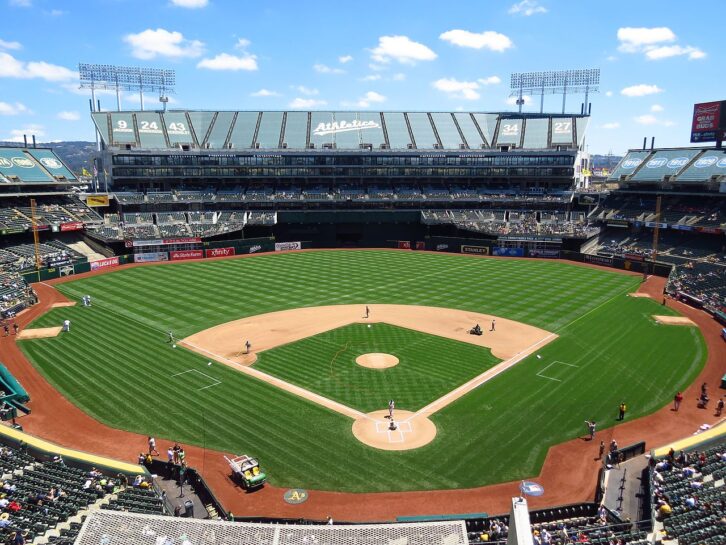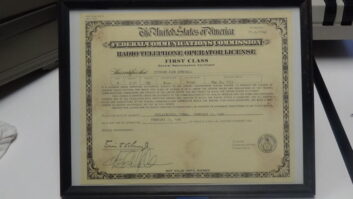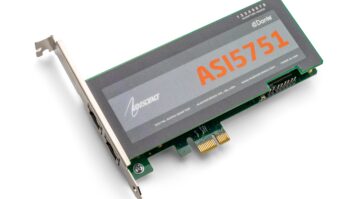In this letter to the editor, the author comments on the article “Radio Engineer Recognized for 30 Years of Baseball Service.” Comment on this or any article. Email [email protected].
Hi Elle,
Reading your account about Kevin Curran and the Oakland A’s broadcasts reminded me of a situation about forty years ago when KSFO began broadcasting the Oakland A’s games and distributing the broadcasts — this upon losing the San Francisco Giants franchise held for decades.

With the SF Giants at Candlestick park, engineers lowered a crowd microphone about ten feet through a hole provided in the broadcast booth concrete floor. The crowd on the deck below was probably another 30 feet below the microphone. This provided bright and effective blended crowd pickup. But when beginning to broadcast A’s games, the broadcast booth was only about 15 feet or so above the crowd. A crowd microphone lowered in front of the booth picked up conversations and expletives.
We considered installing a microphone atop the backstop behind home plate, but as such a microphone would have been out in the weather and would have been difficult to service, we set that thought temporarily aside.
Then we noticed a series of unused ceiling loudspeakers in metal enclosures, spaced about 25 feet apart above the crowd. As I recall, these were probably eight feet above the fans’ heads. By then the Oakland Coliseum had reconfigured their P.A. system to use powerful speakers in center field, abandoning the ceiling speakers.
The Coliseum management gave us permission to use a series of these speakers as a microphone. We cut loose a string of about 10 and connected a down-lead for testing. As the high-frequency response of the speakers as microphones degraded off-axis, but much of the picked-up energy arrived from the outer sides, equalization was required to flatten the average frequency response. This seemed to work well providing a wide blend of crowd response, while individual conversations were largely suppressed.
KSFO was sold soon thereafter, thus I cannot remember if this revision went into use.
Regards,
Bruce Hunter
Mill Valley, Calif.
[Check Out More Letters at Radio World’s Reader’s Forum Section]










